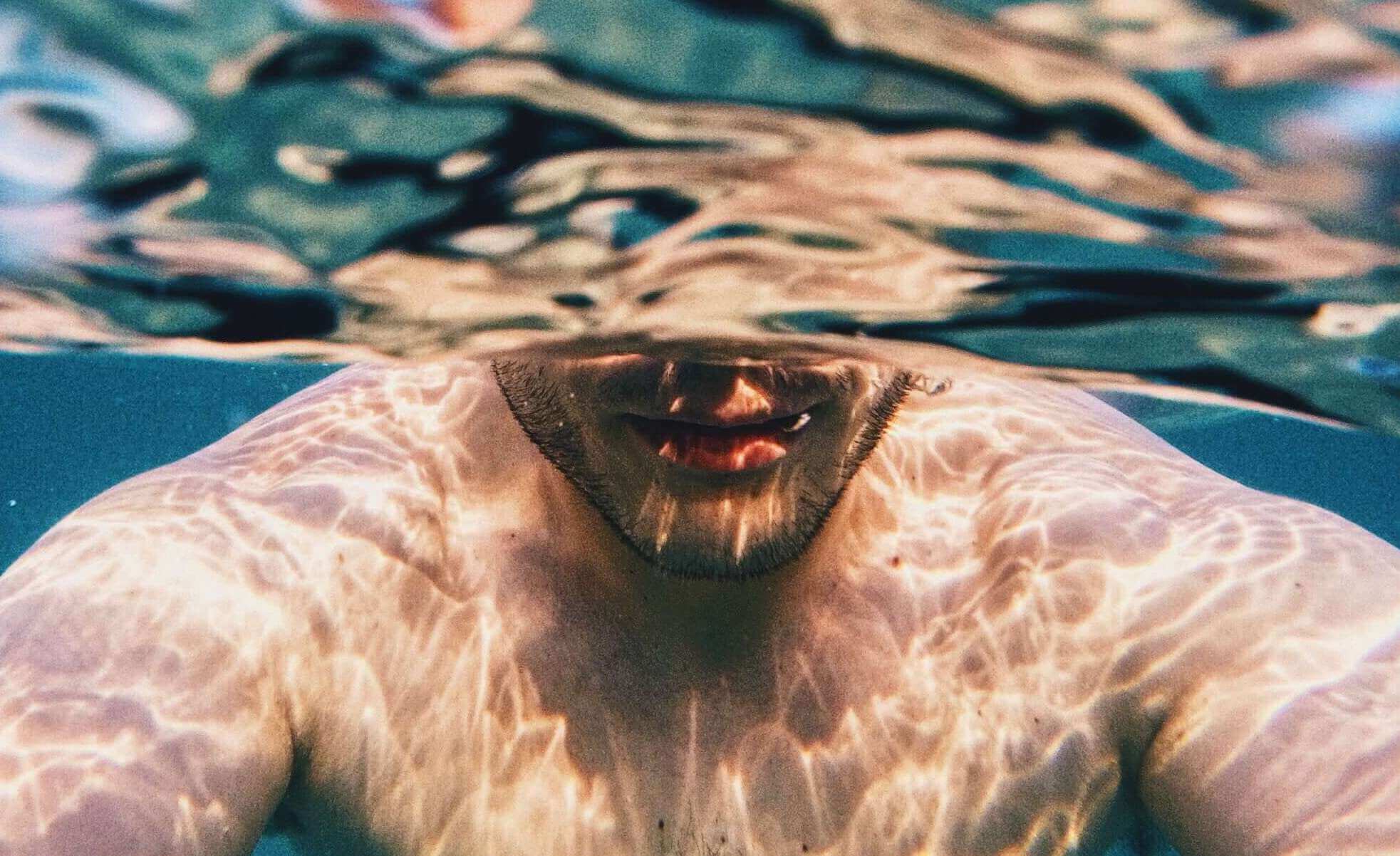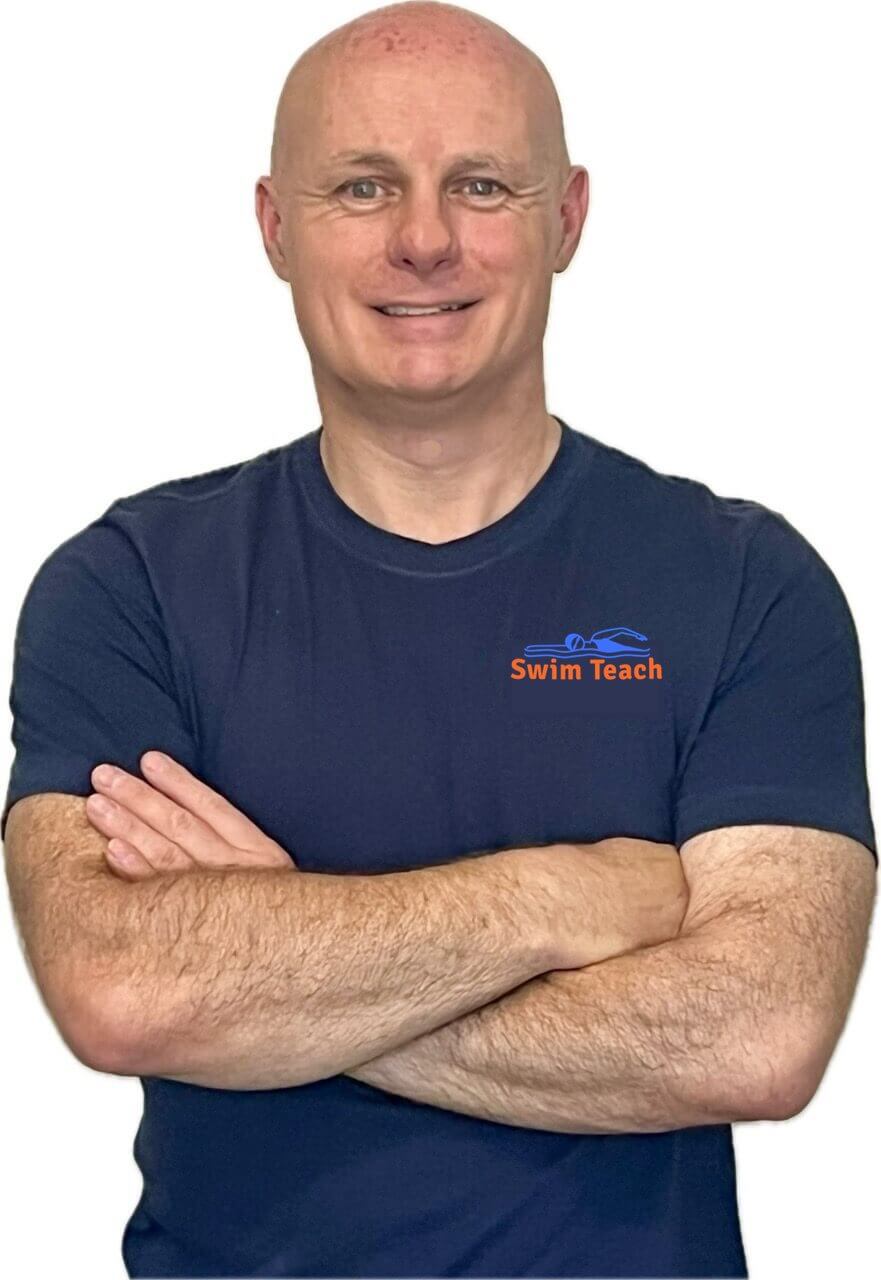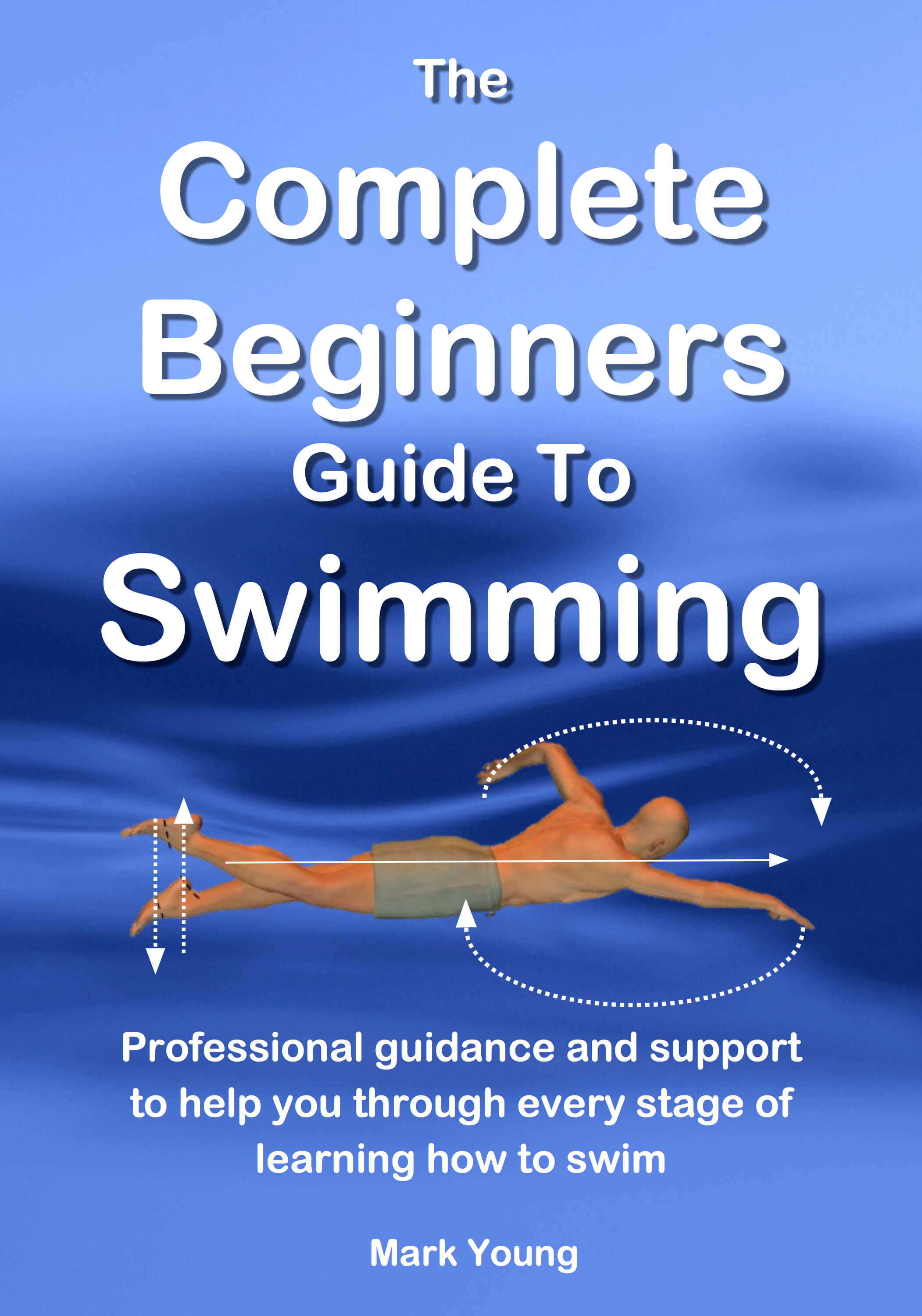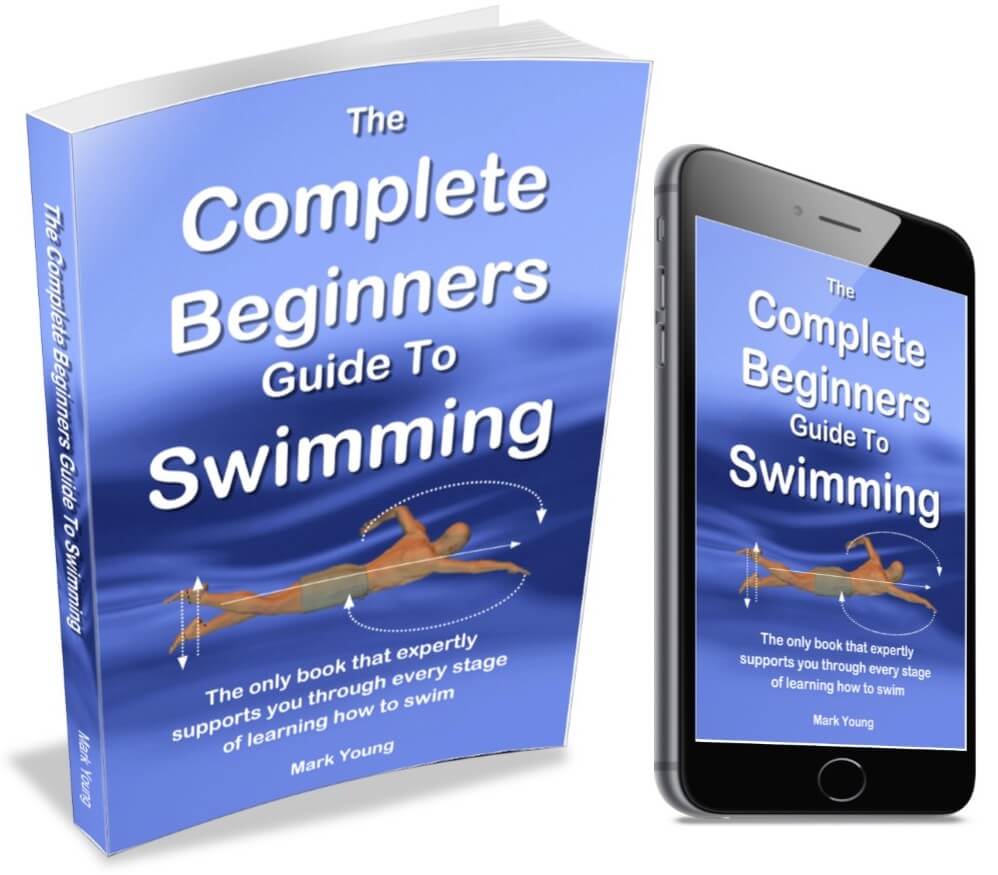- Swim Teach Home
- tips for beginners
- Swimming Breathing Technique
Mastering Swimming Breathing Techniques: A Complete Guide for All Levels
How to Breathe While Swimming (Without Gasping for Air!)
Ever feel like there is something wrong with your swimming breathing technique? You're gasping for air every time you swim? Or are you struggling to get through a few lengths without feeling totally wiped out? If that sounds familiar, don't worry - you're not alone!
Breathing while swimming is one of the biggest challenges for swimmers of all levels. It's not just about getting air in and out - it's about timing, technique, and learning how to stay calm and controlled in the water.
The good news? It's totally fixable. In this guide, I'm breaking down everything you need to know about swimming breathing techni - how to breathe properly, common mistakes to avoid, and easy drills to make breathing feel natural and effortless in the pool.
Why Proper Breathing is a Game-Changer
If you're not breathing right, everything else falls apart. Here's why mastering your breath is so important:
✅ More oxygen, less panic – No more feeling breathless after just a few strokes.
✅ Better endurance – Swim longer without feeling like your lungs are on fire.
✅ Improved body position – Stops you from lifting your head too much (which slows you down).
✅ Less stress, more fun – Swimming should feel good, not like a struggle for survival!

The Basics of Swimming Breathing Technique
Before I discuss specific strokes, let's review the fundamentals. Fixing just a few small things can make a huge difference.
1. Exhale Underwater - Don't Hold Your Breath!
This is the #1 mistake swimmers make. If you hold your breath underwater and then try to exhale and inhale in one quick second, you'll never get enough air. Instead:
- Breathe out through your nose and mouth while your face is in the water.
- Make it slow and steady, like you're sighing underwater.
- When you turn to breathe, your lungs are already empty, so you can take in a full breath quickly.
🔹 Drill: Stand in the shallow end, take a breath, submerge, and exhale slowly until you need more air. Repeat until it feels normal.
2. Keep It Relaxed and Rhythmic
Breathing should feel smooth and natural, not rushed or panicky.
- Don't snatch at the air - keep it relaxed.
- Sync your breathing with your strokes to create a rhythm.
- Think of it like running or cycling - you wouldn't hold your breath doing those, right?
🔹 Drill: Try a counted breathing cycle on land - breathe in for two counts, breathe out for four. Then, apply it in the pool.
Instant Results...

"So often over the years, pupils come to me with struggles and frustrations with their swimming breathing technique. The instant fix initially is to tell them to slow down! And when I say slow down, I mean slow everything down - every arm pull, leg kick and head movement. Their stroke suddenly becomes smooth and relaxed. Then we add a structured and rhythmic breathing pattern to their now relaxed swimming stroke, and hey presto - they swim double the distance they could before!"
How to Breathe in Different Swimming Strokes
Each stroke has its own breathing technique. Here's how to get it right:
1. Freestyle (Front Crawl) Breathing
Front crawl breathing is all about timing and keeping your head low.
✅ Turn, don't lift: Instead of lifting your head forward, turn it to the side so one eye stays in the water.
✅ Exhale underwater, inhale quickly: Don't waste time blowing bubbles when you should be inhaling.
✅ Find your rhythm: Breathing every 2 or 3 strokes works best for most swimmers.
🔹 Drill: Swim using one arm while keeping your head still and breathing to the side. This forces you to focus on smooth, controlled breathing.
2. Breaststroke Breathing
Breaststroke breathing is the easiest swimming stroke for breathing because your head naturally comes out of the water. But timing still matters!
✅ Breathe with every stroke – Take a breath as your head lifts and exhale as you glide forward.
✅ Don't lift too high – Keep your head movement minimal to avoid extra drag.
🔹 Drill: Swim breaststroke with a kickboard, practising exhaling as you glide.
3. Backstroke Breathing
Backstroke breathing is a breeze because your face stays above water. But you still need a good rhythm!
✅ Breathe naturally – Inhale every 2-3 strokes to keep oxygen flowing.
✅ Keep your head still – Looking around will throw off your balance.
🔹 Drill: Count strokes between breaths and aim for a consistent pattern.
4. Butterfly Breathing
Butterfly breathing is tricky because it requires perfect timing.
✅ Breathe forward, not up – Lift your head just enough to get air, then drop it fast to stay streamlined.
✅ Exhale powerfully underwater – No holding your breath between strokes!
🔹 Drill: Try one-arm butterfly to isolate breathing without the exhaustion of full butterfly strokes.
Breathing techniques for each swimming stroke explained in more detail.
Common Breathing Mistakes (And How to Fix Them!)
🚫 Holding your breath underwater → Exhale continuously so you can inhale quickly when needed.
🚫 Lifting your head too much when swimming freestyle → Keep one eye in the water as you breathe. Improve your freestyle swimming technique here.
🚫 Breathing too late in butterfly → Start exhaling earlier and get your breath fast. Get a deeper insight into butterfly breathing technique here.
🚫 Inconsistent breathing pattern → Stick to a rhythm that feels comfortable for you.
The Complete Beginners Guide To Swimming
Learn how to relax, glide and master swimming breathing technique for each swimming stroke. Get the whole package right here in The Complete Beginners Guide To Swimming.
Click below to download your copy, or click here for an instant preview.
Drills to Improve Your Breathing
Want to get better? Try these drills in your next swim session.
1. Bubble Drill (For Exhalation Control)
- Take a deep breath, submerge, and exhale slowly through your nose and mouth.
- Helps you relax and control your breath underwater.
2. 3-5-7 Breathing Drill (For Freestyle)
- Breathe every 3 strokes, then every 5, then every 7.
- Builds lung capacity and confidence.
3. Swim with a Snorkel
- No need to worry about turning your head—just focus on perfect stroke technique.
- Trains you to stay calm while breathing.
4. Treading Water with Controlled Breathing
- Stay upright in the deep end and control your breath.
- Boosts lung strength and endurance.
Russian Olympic swimmer Alexander Popov emphasized the importance of harmonizing with the water:
"The water is your friend... you don't have to fight with water, just share the same spirit as the water, and it will help you move."
This perspective highlights the significance of a relaxed and efficient approach to breathing while swimming.
More inspirational swimming quotes here.
Pro Tips for Advanced Swimmers
💡 Engage Your Core – A tight core helps keep breathing smooth and efficient.
💡 Try Hypoxic Sets – Swimming with fewer breaths per length trains your lungs.
💡 Stay Relaxed – The more you tense up, the harder it gets.
For USA Swimming's take on Freestyle Breathing (late breath vs slow breath), click here.
FAQs About Swimming Breathing
Q: How often should I breathe in freestyle?
A: Most people breathe every 2-3 strokes, but do what feels comfortable.
Q: Why do I always feel out of breath when swimming?
A: You're probably holding your breath too long instead of exhaling underwater.
Q: Can I improve my lung capacity for swimming?
A: Yes! Breath-holding drills and controlled exhalation exercises can help.
Final Thoughts: Make Breathing Easy!
Mastering your breathing takes practice, but once you get the hang of it, swimming becomes way more fun.
✔️ Start with the drills in this guide.
✔️ Focus on staying relaxed and rhythmic.
✔️ Keep practising until breathing feels natural and effortless.
No more struggling to breathe.
Learn how to relax, glide and master swimming breathing technique for each swimming stroke. Get the whole package right here in The Complete Beginners Guide To Swimming.
Click below to download your copy, or click here for a preview and more details.
I am a member of the Amazon Associates Program and I will earn a commission from qualifying purchases at no extra cost to you.
Real-Life Questions and Answers
I am not quite a non-swimmer in that I can swim widths (even, occasionally, a length) of backstroke... 'It is important to take a step back from swimming for a moment and understand what is going on here, and please forgive me for stating some very obvious things.'
I am trying to master breathing when swimming. How do I control my breathing... 'The most comfortable method of breath control is trickle breathing. This is the act of slowly breathing out into the water whilst swimming or gliding.'









